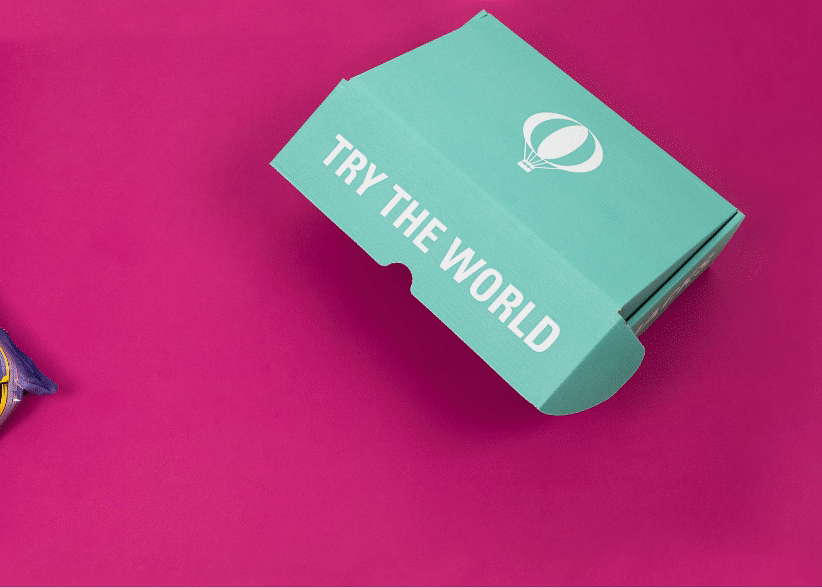1. Cloudy is better
While it may seem like cloudy-looking olive oil has gone bad, this coloring is actually a sign of quality: sediment (i.e. tiny olive pieces) in the oil give cloudier oils stronger flavor and color than light ones, which are processed through a finer filter.
2. Drizzle, don’t fry
With a smoking point of only 325° to 375°F, healthful olive oil breaks down into harmful compounds that also mar the taste of food when it gets too hot. Stay away from olive oil when searing or frying, but feel free to use it to garnish or sauté.
3. Store in a cool place
Olive oil should not be refrigerated, as colder temperatures spoil its flavor. Store it instead in a cool, dark area away from heat and direct sunlight.
4. Health benefits
Olive oil is rich in antioxidants such as Vitamin E, carotenoids, and oleuropein, which help repair damaged cells. Vitamin E, in particular, is thought to repair damaged skin and create healthier-looking complexion. Olive oil consumption has also been proven to reduce inflammation, improve carbohydrate digestion, and reduce the risk of coronary heart disease.
5. Fat substitution
Olive oil contains more healthful monosaturated fats than saturated fats (which are mostly in butter, margarine, and animal fats), so using olive oil reduces your risk of coronary heart disease, lowers cholesterol levels, and normalizes blood clotting. Monosaturated fats like olive oil are also better at controlling blood sugar and insulin levels than other fats.
6. An ancient moisturizer
Olive oil was famous in Ancient Greece for its cosmetic properties, and ancient peoples all over the Mediterranean swore by olive oil as a moisturizer. Cleopatra famously used olive oil on her skin to achieve her glowing complexion.






